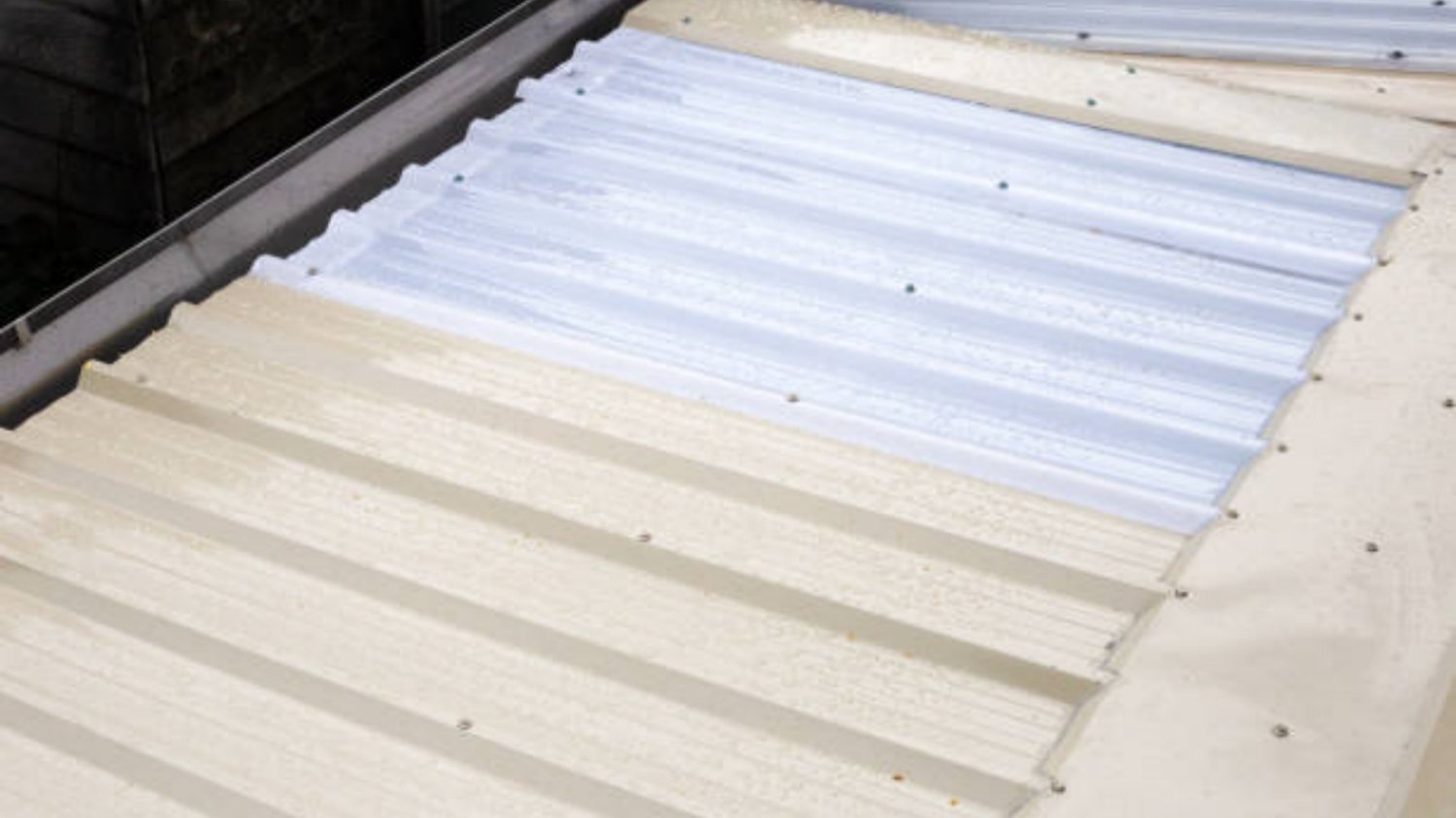Introduction: Understanding the Process of Roof Sheet Manufacturing
Roof sheets are an essential component in the construction industry, providing protection and insulation to buildings. But have you ever wondered how these sheets are manufactured? In this article, we will take a closer look at the process of manufacturing roof sheets, from the initial design to the final product. Let's dive in and explore the fascinating world of roof sheet manufacturing.
The Raw Materials: What Goes Into Making Roof Sheets
Before we delve into the manufacturing process, it's important to understand the raw materials used in creating roof sheets. Typically, roof sheets are made from materials like galvanized steel, aluminum, or polycarbonate. These materials offer durability, weather resistance, and longevity, making them ideal for protecting structures from the elements.
Designing the Roof Sheets: Where Form Meets Function
Design plays a crucial role in the manufacturing of roof sheets. The design process involves considering factors such as the desired shape, size, and strength of the sheets. Engineers and designers work together to create designs that not only meet functional requirements but also offer aesthetic appeal.
Roll Forming: Transforming Flat Sheets into Roofing Profiles
Once the design is finalized, the manufacturing process begins with roll forming. Roll forming is a technique used to transform flat sheets of metal or plastic into roofing profiles. In this process, the flat sheet passes through a series of roller dies, which gradually bend and shape it into the desired profile. The precision and accuracy of the roller dies ensure consistent and uniform roofing profiles.
Cutting and Shearing: Shaping the Roof Sheets
After roll forming, the roof sheets are cut and sheared to the desired length. This step involves using specialized machinery to accurately cut the sheets without compromising their structural integrity. The cutting and shearing process ensures that the roof sheets are ready for installation and fit perfectly onto the roof structure.
Surface Coating: Enhancing Durability and Aesthetics
To enhance the durability and aesthetics of roof sheets, a surface coating is applied. The most common coating is a layer of paint or protective coating that offers resistance against corrosion, UV rays, and harsh weather conditions. The coating not only extends the lifespan of the roof sheets but also adds a visually appealing finish.
Quality Control: Ensuring Roof Sheet Integrity
Manufacturers understand the importance of quality control in producing reliable roof sheets. Stringent quality control measures are implemented throughout the manufacturing process to ensure that the sheets meet industry standards and customer expectations. This includes conducting tests for strength, durability, and weather resistance to ensure the roof sheets can withstand various environmental conditions.
Packaging and Shipping: Delivering Roof Sheets Safely
Once the manufacturing process is complete, the roof sheets are carefully packaged to protect them during transportation. Packaging materials such as protective wraps, pallets, and straps are used to secure the sheets and prevent any damage during shipping. Manufacturers also ensure proper labeling and documentation to facilitate smooth delivery to customers.
Installation and Maintenance: Making the Most of Roof Sheets
Installing roof sheets requires professional expertise to ensure proper alignment and secure attachment. Manufacturers often provide detailed installation guidelines to assist builders and contractors. Additionally, regular maintenance is crucial to prolong the lifespan of roof sheets. Cleaning, inspecting for damage, and addressing any issues promptly can help maintain the integrity and performance of the roof sheets.
Environmental Considerations: Sustainable Roof Sheet Manufacturing
In recent years, there has been a growing emphasis on sustainable manufacturing practices. Many roof sheet manufacturers are adopting eco-friendly measures to reduce their environmental impact. This includes using recycled materials, optimizing energy consumption, and implementing waste management strategies. By choosing roof sheets from environmentally conscious manufacturers, you can contribute to a greener future.

